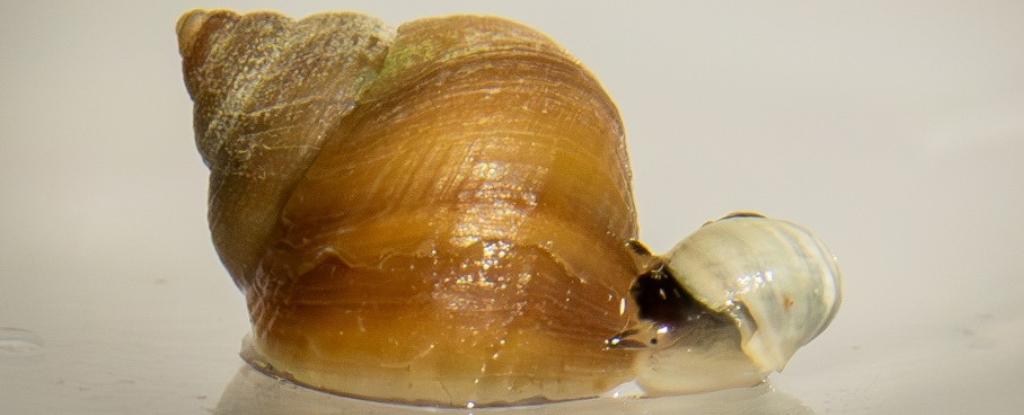

A groundbreaking 30-year experiment has provided new insights into the process of evolution, particularly in the case of Littorina saxatilis snails on Sweden's Koster Islands. Following a toxic algae bloom in 1988 that decimated the local snail population, researcher Kerstin Johannesson reintroduced 700 Crab ecotype snails to a skerry in 1992. Over the decades, these snails have evolved to closely resemble the original Wave ecotype, showcasing significant changes in shell appearance, genetic variability, and chromosomal inversions. This long-term study underscores the critical role of genetic diversity in enabling species to adapt to changing environments. Johannesson's findings, published in ScienceAlert, highlight how evolution can unfold in slow motion, challenging the perception that evolutionary changes occur rapidly. [176fc2ef]
In a related context, the discovery of a tiny black ground beetle that has remained largely unchanged for at least 100 million years has sparked discussions about evolutionary stasis. Researchers from the Nanjing Institute of Geology and Palaeontology found that this beetle has survived since the Cretaceous-Paleogene extinction event, suggesting that smaller creatures may be better equipped to adapt to environmental changes. This perspective adds depth to the ongoing debates about evolutionary processes and how they manifest across different species. [baf83b85]